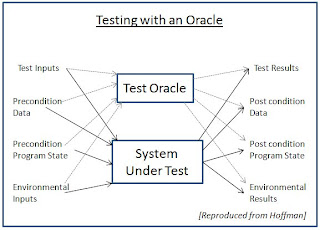This research paper describe a system for querying a multimedia data including Images, Audio and Video data. In contrast to previous multimedia query languages that are either designed for one particular medium or specialized for a particular application, I want to do research for the treatment of multiple media and different applications. The query for multimedia data retrieval should includes constructs to capture the temporal and spatial relationships in multimedia data as well as functions for query presentation.
In near future, the databases will include image, audio and video data in addition to traditional text and numerical data. These data types will require query methods that are more appropriate and natural to the type of respective data. For instance, a natural way to query an image database is to retrieve images based on operations on images or sketches supplied as input. Similarly a natural way of querying an audio database is to hum the tune of a song.
The complex spatial and temporal relationships inherent in the wide range of multimedia data types make a multimedia query language quite different from its counterpart in traditional DBMSs. For example, the query language of traditional DBMSs only deals with the exact-match queries on conventional data types. Although this might be sufficient to deal with queries posed against metadata or annotations of multimedia data, content-based information retrieval requires non-exact-match queries which go beyond the traditional approaches.
Powerful query languages significantly help simplify multimedia database access. These languages have to provide constructs for querying, based on the structure of multimedia documents as well their context.
The complex spatial and temporal relationships inherent in the wide range of multimedia data types make a multimedia query language quite different from its counterpart in traditional DBMSs. For example, the query language of traditional DBMSs only deals with the exact-match queries on conventional data types. Although this might be sufficient to deal with queries posed against metadata or annotations of multimedia data, content-based information retrieval requires non-exact-match queries which go beyond the traditional approaches.
Powerful query languages significantly help simplify multimedia database access. These languages have to provide constructs for querying, based on the structure of multimedia documents as well their context.
To Download the presentation on Query Optimization, click the link below:


